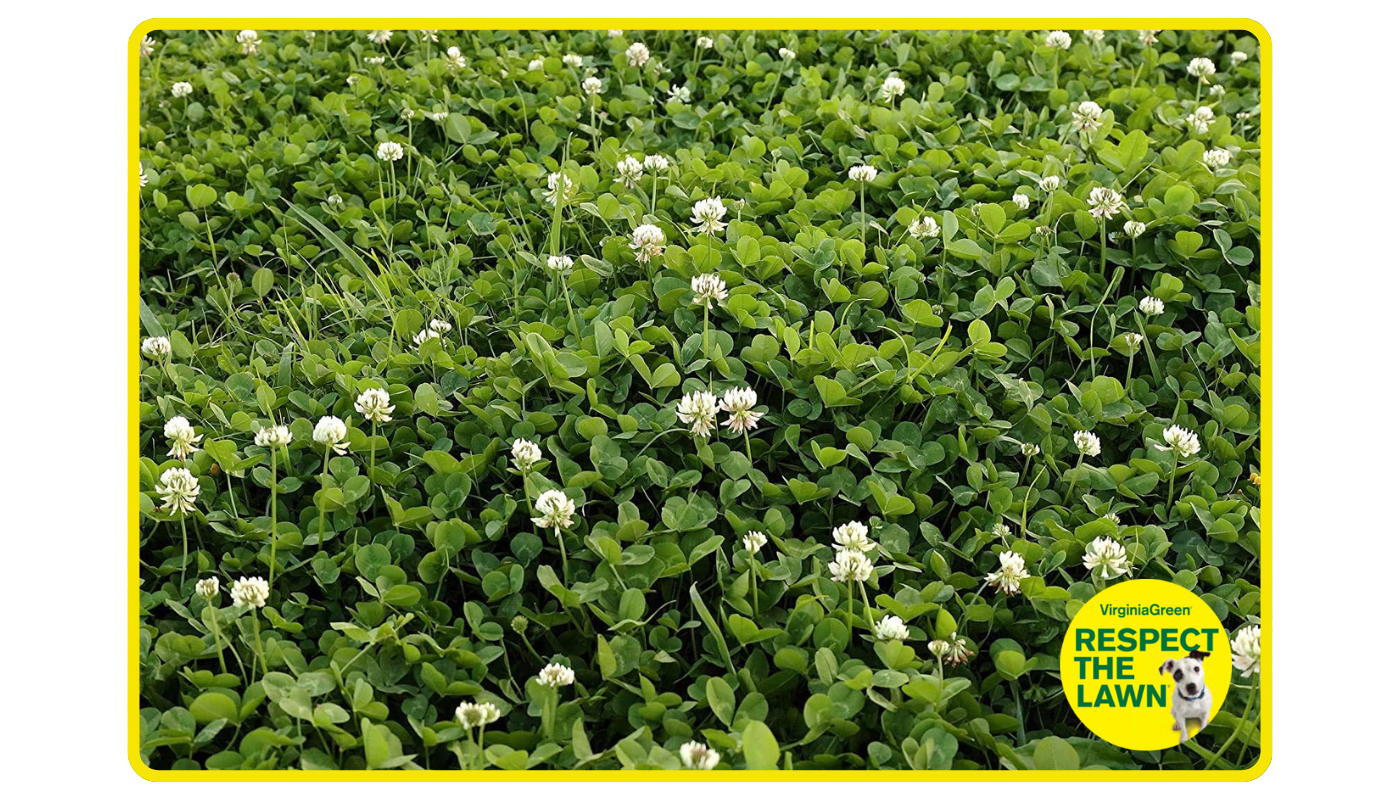The Luck of a Four-Leaf Clover
Is it luck or a warning in disguise? In most lawns, the two most common types you will find are red clover and white clover. Both are perennial legumes with deep root systems, and once they get established, they can be difficult to control. They spread quickly, compete heavily with turfgrass for space, and can take over thin or stressed areas of lawns if conditions are right.
White clover in particular stands out. For every 5,000 three-leaf clovers, there is only one with that magical extra leaf. White clover (Trifolium repens L.) is often celebrated as a symbol of luck, but behind that folklore lies a very common lawn weed. White clover can enrich soil by releasing excess nitrogen; this excess release can disrupt the balance of your lawn, giving clover an advantage over turfgrass and making it a long-lasting, stubborn invader.
Topics Index
- Life Cycle & Growing Habits
- When It Becomes a Problem
- You Can Identify White Clover by the Following Visual Cues
- How To Get Rid of Clover in Yard
White Clover Lifecycle & Growth Habits
Commonly found in lawns, fields, and pastures worldwide, one of the main issues comes from the stolon (stems) themselves. These weeds spread fast, forming dense patches across lawns. White clover stolons can grow 4–12 inches long and can live for nearly 400 days. This is much longer than other parts of the plant, like the leaves.
Typically, about 30% of their foliage dies at the end of winter, and around 60% is gone by the end of the growing season. Their trifoliate leaves, with a V-shaped mark, are short-lived and do not store nitrogen well through winter, but will regrow in spring.
Buds range from white to slightly pink, and the long green stalk blooms from spring through fall. Its seeds then remain dormant over winter. These flower heads can grow as large as 1.5 inches in diameter and consist of 20–40 individual white flowers. White clovers also produce small brown pods, each containing 4–6 seeds that can stay viable for years, which makes control an ongoing challenge. They germinate in the fall and spring when soil temperatures are at 50 to 60 degrees Fahrenheit. Because clover seeds can survive in soil for so long, consistent maintenance is essential.
When It Becomes a Problem
Nitrate leaching from white clovers happens when nitrogen in the soil washes down the water, moving past the roots of plants where it can’t be used. This can happen after heavy rain or overwatering. The lost nitrogen can harm the environment by polluting groundwater and nearby waterways, and it can also make soil less fertile for your lawn or garden. The nitrogen stored in the stolons and roots can create imbalances if too high, especially when the white clover spread is wild and can be invasive.
Stay on Top of Your Lawn Care
Already have year round lawn care but you're still dealing with pesky weeds and disease? Check our Supplemental Services like Organic Soil Conditioner, Corrective Lime and Seasonal Potassium.
You Can Identify White Clover by the Following Visual Cues:
- Low, prostrate growth pattern usually in patches.
- Attracted to turf grasses that are generally under-fertilized and under-maintained.
- Stems root at leaf nodes and can grow up to 8 inches in length.
- Broadleaf weed with 3 round leaves with a white strip across.
- Many white flower heads consisting of 20–40 separate flowers.
- Flowers may have light pink tips.
White clovers can also act as a host for clover rot. Clover rot is a fungal disease that makes clover stems turn soft, dark, and mushy. It spreads in wet, dense clover patches and can survive in soil for long periods. Once present, it can kill clover plants and continue to return if the area stays moist and crowded. Because clover rot thrives in those conditions, it can indirectly stress the turf around it. Thick clover patches hold moisture and reduce airflow at the soil level, creating an environment that is less healthy for grass. Over time, this can lead to thinning turf, weak spots, and more open soil, which invites more weeds to move in.
How To Get Rid of Clover in Yard
Mowing, hand-pulling, or hoeing can help prevent flowering and reduce seed spread in infested areas. Weed control is also an option, but make sure to follow local guidance before using it. Post-emergent products may be effective. Clover is often a sign of low nitrogen in the lawn. Applying fertilizer can help restore nitrogen levels and slow clover growth. Areas with inconsistent care are more likely to develop white clover. Keep your lawn mowed at the correct height, water regularly, and fertilize as recommended. A fall application of weed control can also be a strong strategy to combat a clover lawn.
Need Help Managing Clover?
Get a plan for targeted weed control and balanced nutrition to help turf outcompete clover.

